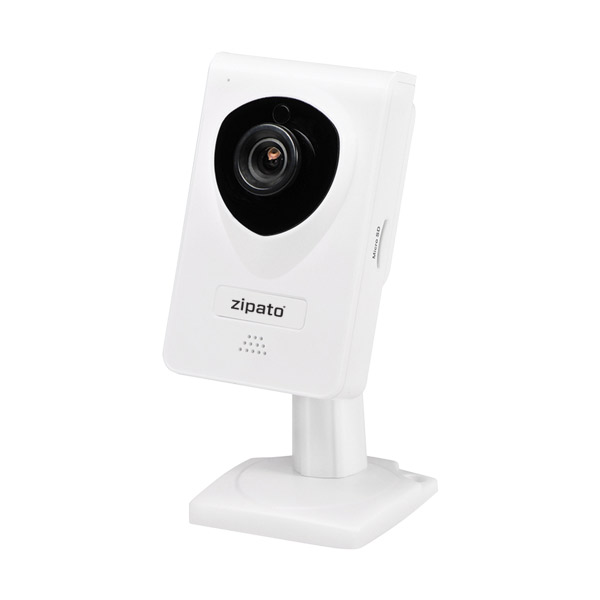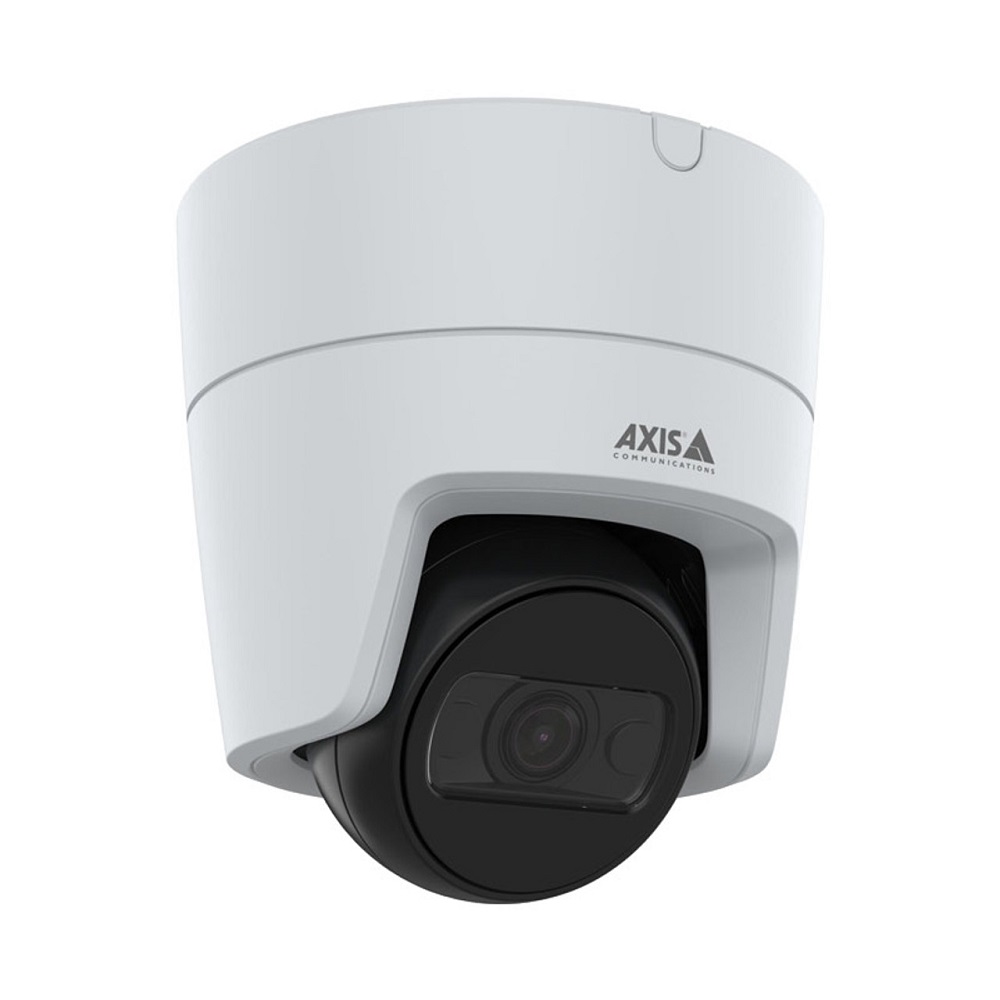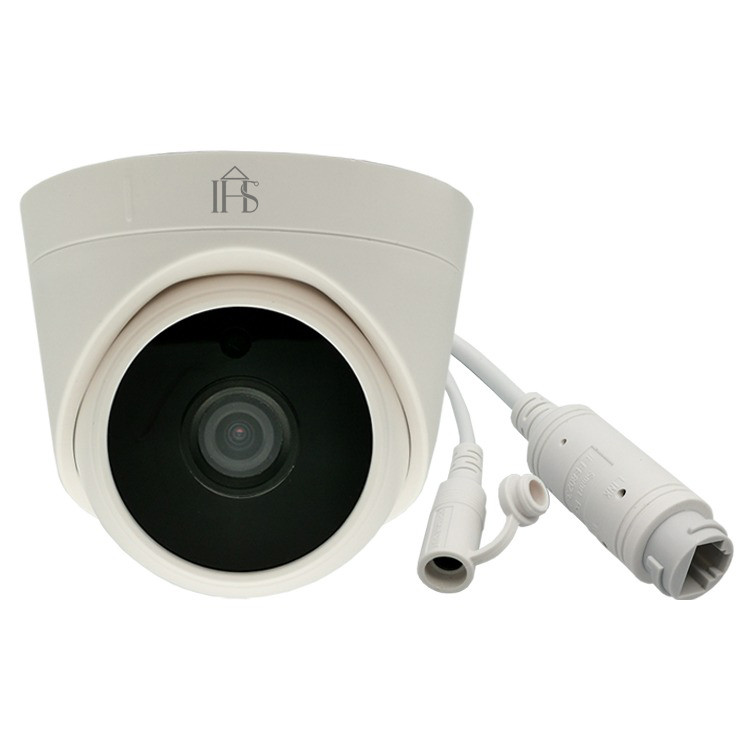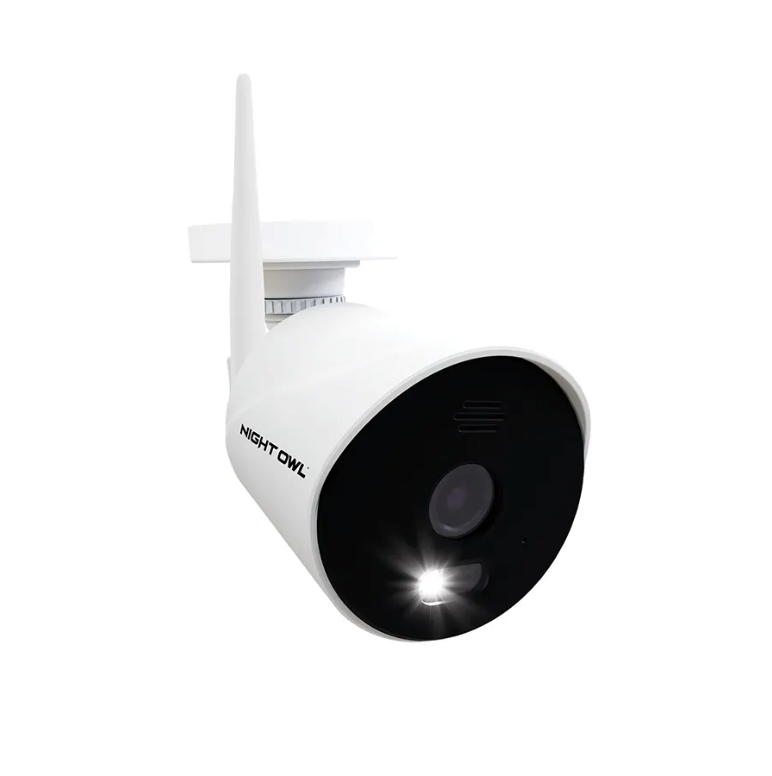In an age where security and surveillance have become top priorities for homes and businesses, IP cameras have emerged as a crucial tool in the observational arsenal. They offer high-definition video quality, remote access, and advanced features that traditional cameras simply cannot match. This article dives into the world of IP camera, defining what they are, their main components, and how they are utilized in various settings.
What is an IP Camera?
Definition and Functionality
An IP camera, or Internet Protocol camera, is a type of digital video camera that transmits data over a network. Unlike analog cameras that rely on coaxial cables and require a Digital Video Recorder (DVR) to function, IP cameras connect directly to a network, allowing for greater flexibility and mobility. They transmit video footage via the internet, enabling users to view live feeds or recorded footage remotely.
The functionality of IP cameras goes beyond simple surveillance. Many models come equipped with advanced features, such as motion detection, night vision, and audio recording capabilities. These features make them ideal for various applications, from home security to business surveillance, ensuring comprehensive monitoring capabilities.
Types of IP Cameras
IP cameras come in several types, each suited for different environments. Dome cameras are popular in retail settings due to their discreet design. Bullet cameras are typically more visible and are often installed outdoors for their weatherproofing and visibility. PTZ (Pan-Tilt-Zoom) cameras allow users to remotely control the camera’s movement, making them ideal for large areas that require active monitoring. Each type offers unique advantages based on the installation location and intended purpose.

Key Components of IP Cameras
Lens and Image Sensor
The lens is a critical component of an IP camera, as it determines the field of view and image quality. Lenses come in various focal lengths, which dictate how much of the scene the camera can capture. A wide-angle lens covers a larger area but may cause distortion, while a telephoto lens zooms in on a smaller area but retains detail over longer distances.
The image sensor, typically either CMOS (Complementary Metal-Oxide-Semiconductor) or CCD (Charge Coupled Device), converts light into electrical signals, forming the basis of the image quality. Higher resolution and advanced image processing contribute to clearer, more defined images, even in low-light conditions.
Networking and Power Supply
IP cameras utilize various networking technologies to connect to networks. They may employ Ethernet cables, Wi-Fi, or even Power over Ethernet (PoE), which minimizes wiring by carrying power and data through a single cable. This flexibility allows for simplified installations in many locations, especially where running multiple cables would be cumbersome.
Security features like encryption are also built into many models to safeguard the data transmitted over the network. This is essential for maintaining the security and privacy of the footage being captured.
Common Uses of IP Cameras
Home Security and Monitoring
One of the most common applications for IP cameras is in home security. Homeowners can install these cameras at entry points, driveways, and backyards to monitor activity. The ability to view live feeds from a smartphone or computer adds convenience and peace of mind, allowing homeowners to keep an eye on their property while away.
Many modern home security systems now integrate IP cameras with motion detectors and alarms. In the event of suspicious activity, users receive real-time alerts, enabling them to take action or notify authorities quickly.
Business Surveillance
Businesses frequently use IP cameras to enhance security and monitor operations. They can deter theft and vandalism while providing valuable records of incidents. Business owners can analyze footage to improve internal processes, such as employee behavior and customer interactions.
In retail environments, stores employ IP cameras to track foot traffic and understand customer patterns better. This data can improve store layout and product placement, directly impacting sales and customer satisfaction.

Advanced Features of IP Cameras
Motion Detection and Alerts
Modern IP cameras often include sophisticated motion detection technology that minimizes false alarms. Some models allow users to set specific zones for monitoring and can differentiate between human movement and other activities, such as small animals or tree branches swaying in the wind.
When motion is detected, the cameras can send alerts via email or app notifications, prompting users to check the live feed. This real-time capability helps users respond promptly to potential issues.
Night Vision and Low Light Performance
The importance of effective night vision cannot be overstated, as many incidents occur after dark. Advanced IP cameras use infrared technology or low-light sensors to capture clear images in dim conditions. This capability ensures continuous surveillance, providing peace of mind regardless of the time of day.
Night vision features often come with adjustable settings, allowing users to select the level of sensitivity based on their specific environment. This flexibility means you can customize the camera’s performance to match your surroundings.
Installation Considerations
Placement and Coverage
For optimal results, the placement of IP cameras is critical. Assess the area being monitored to determine the best locations for installation. Cameras should be positioned to cover entry points and areas with high foot traffic. Consider mounting heights and angles to avoid obstructions that could hinder performance.
In larger properties, using multiple cameras to cover distinct areas may be necessary. Always evaluate blind spots that may require additional coverage. Creating a comprehensive surveillance system helps ensure that potential security issues don’t go unnoticed.
Network Configuration
Properly configuring the network for IP cameras greatly impacts performance. To avoid lag or interruptions in video feeds, ensure your internet connection provides adequate bandwidth. Wired connections are often more reliable than wireless ones and reduce latency issues that can occur with Wi-Fi.
Set up a dedicated network for your cameras, if possible, to protect data from potential cyber threats. Many routers allow you to create separate networks, isolating IP cameras from other connected devices in your home or business.

Cost and Budgeting for IP Cameras
Evaluate Your Needs
Investing in IP cameras requires careful budgeting, as the range of options varies drastically in price. Begin by assessing your specific needs. For example, a single camera for home monitoring will have a different budget than a comprehensive system for a large commercial space.
Consider the features that matter most to you, such as resolution, night vision, and storage options. While some models may offer basic functionality at a lower price, investing in higher-quality cameras with advanced features can be worthwhile in the long run.
Ongoing Costs and Maintenance
Besides initial installation costs, consider ongoing expenses, such as cloud storage subscriptions and maintenance. Some camera systems offer free local storage options, while others charge for cloud storage. Examine what services are included with the purchase and any additional costs that may arise.
Regular maintenance is essential to keep your cameras functioning optimally. This may involve cleaning the lenses and checking for firmware updates, both of which contribute to high-quality video capture.
The Future of IP Cameras
Evolving Technology
As technology evolves, so do IP cameras. Features like artificial intelligence (AI) and advanced analytics are increasingly integrated into these devices. AI assists in identifying individuals and tracking movements, resulting in more intelligent systems that streamline surveillance efforts.
With rising interest in smart homes and enhanced security, the demand for IP cameras will likely increase. Homeowners and businesses will continue to embrace these technologies for their convenience and effectiveness, making them a cornerstone of modern security solutions.
Making Informed Choices
Choosing the right IP camera involves understanding your specific needs, evaluating available features, and considering your budget. Weighing these factors will help you make informed decisions, ensuring that you have a reliable security system that meets your requirements.
In summary, IP cameras have become invaluable tools for enhancing security and surveillance in a variety of environments. Their flexibility, advanced features, and ease of use make them ideal for homeowners and businesses alike. As technology advances, these cameras will continue to evolve, offering even greater capabilities to meet the ever-growing need for safety and peace of mind.
